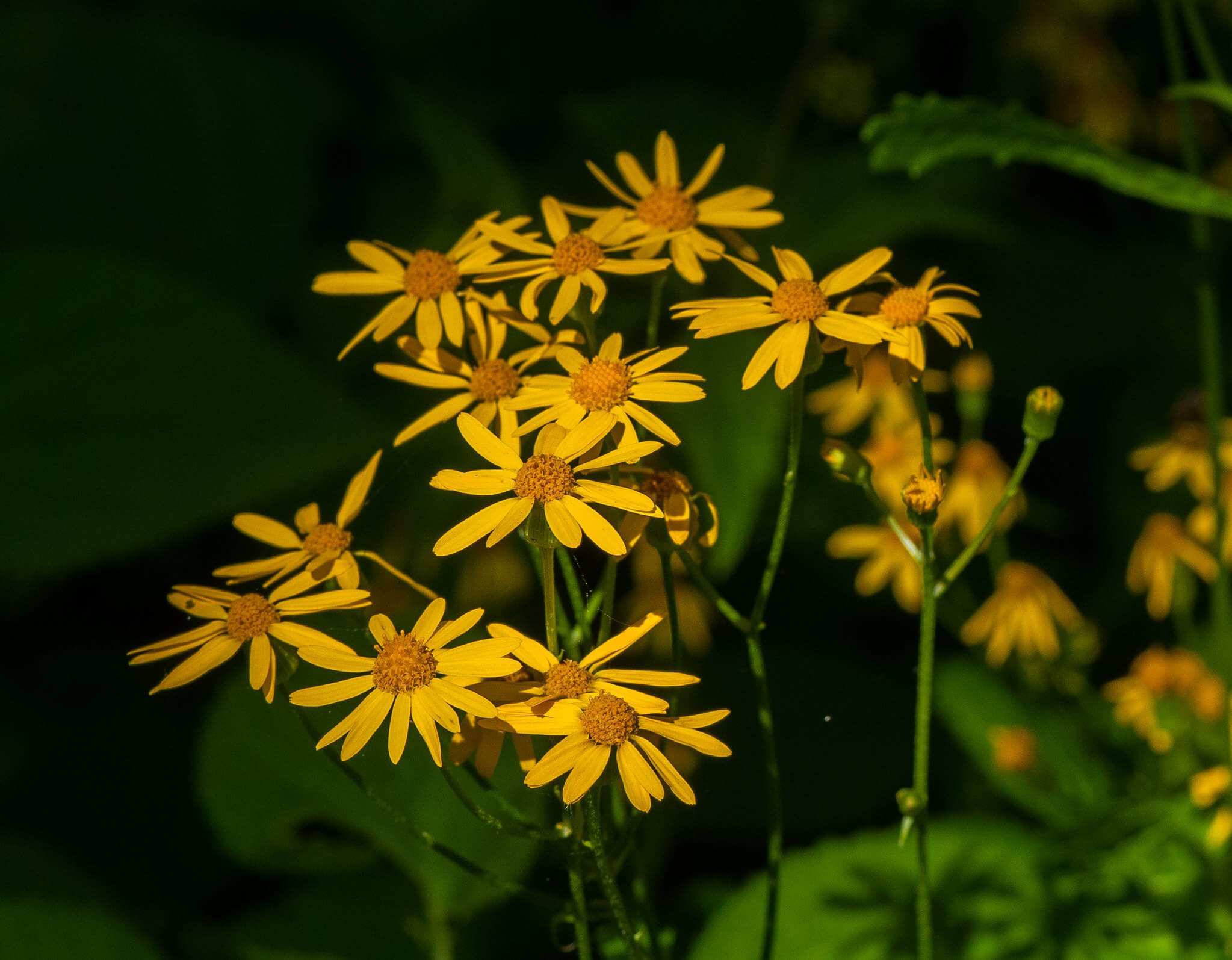Life Cycle: Perennial
Sun Exposure: Full-Partial-Shade
Soil Moisture: Wet-Medium/dry
Height: 2 feet
Plant Spacing:
Bloom Time: May - June
Bloom Color: Yellow
Advantages: Deer Resistant
Host Plant: 3 species of butterflies and moths use this as a caterpillar host plant in our area (nwf.org)
Specialist Bee: Mining Bee Andrena gardineri, Melissodes confuses, M. microstictus, M. semilupinus, Megachile parallela, Osmia coloradensis, O. subaustralis, and Ashmeadiella bucconis (Holm, 2017) (Johnson and Colla, 2023)
Complementary Plants: Woodland phlox, Columbine
Resource: Holm, Heather. Bees: An Identification and Native Plant Forage Guide. Pollination Press LLC, 2017
Resource: Johnson, Lorraine, and Sheila Colla. A Northern Gardener’s Guide to Native Plants and Pollinators: Creating Habitat in the Northeast, Great Lakes, and Upper Midwest. Island Press, 2023











